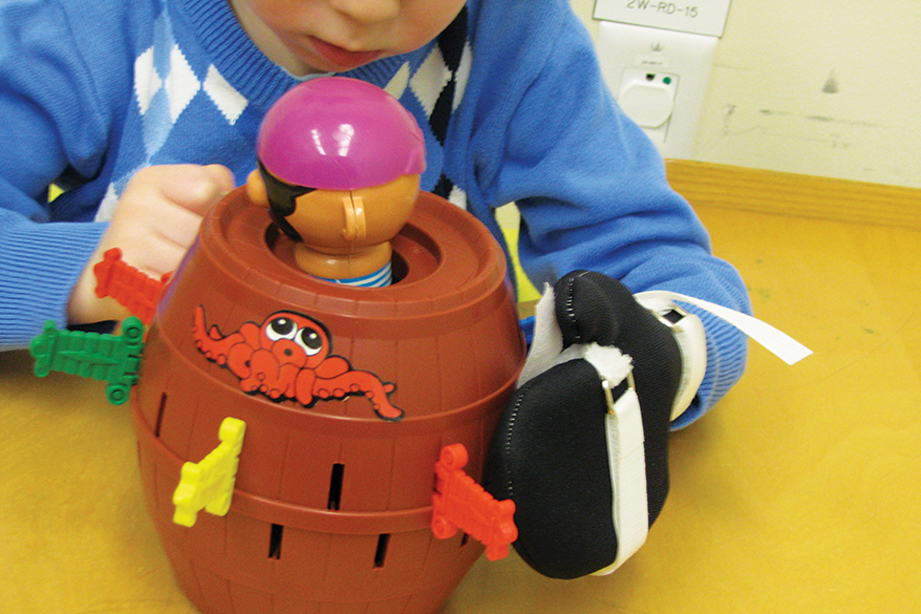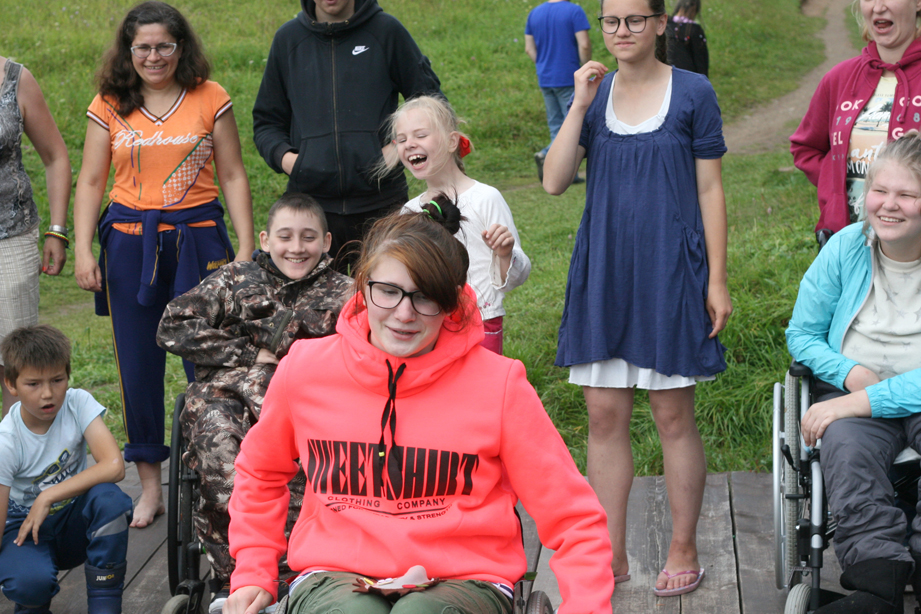Challenge Thousands of Canadian children living with severe physical disabilities are intellectually capable but unable to move independently. They are trapped inside their bodies, deprived of their fundamental human rights to interact, and participate. BCi-Move Project Summary An emerging technology, brain‐computer interfaces (BCIs), are a potential solution. BCIs allow individuals to interact with [...]
National Trials in Rehabilitation: Liberi-Exergame & dCTS Trials
Nicolas Turgeon-Morin2023-05-04T06:29:44-08:00Challenge New therapies for individuals with cerebral palsy (CP) with commercialization potential are emerging, but face barriers to a successful rollout. The CP Discovery Project evaluated two interventions. One was a videogame-linked stationary bicycle designed to improve fitness and social interaction. The other was a trial of direct electrical stimulation paired with therapy to improve [...]
Understanding the Cellular Mechanisms of Constraint-Induced Movement Therapy
Nicolas Turgeon-Morin2023-05-04T07:32:47-08:00Challenge One of the primary treatments for cerebral palsy (CP) is constraint-induced movement therapy (CIMT). CIMT immobilizes the stronger limb, forcing the patient to use – and hopefully improve function - in the weaker one. Our researcher team (led by Dr. Derek van der Kooy, University of Toronto) investigated why CIMT works. They believed it [...]
Canadian Cerebral Palsy (CP) Registry
Nicolas Turgeon-Morin2023-05-04T07:53:38-08:00Challenge There has historically been a lack of population-based information on how cerebral palsy presents in children, including possible risk factors, antecedent causes, functional severity, and co-morbidities of the condition. To better understand the condition, the Canadian Cerebral Palsy Registry was created in Cycle I. Project Summary The Registry is a confidential, nation-wide collection of [...]
Gaining a Better Understanding of Perinatal Stroke
Nicolas Turgeon-Morin2023-10-19T10:53:06-08:00Challenge The time around birth (known as the perinatal period) poses a high risk of stroke for children. One of the leading forms of cerebral palsy (CP) called hemiplegic CP, is often a result of these perinatal strokes. Despite this, perinatal stroke has been largely understudied, and limited treatment options or prevention strategies exist. Project [...]






